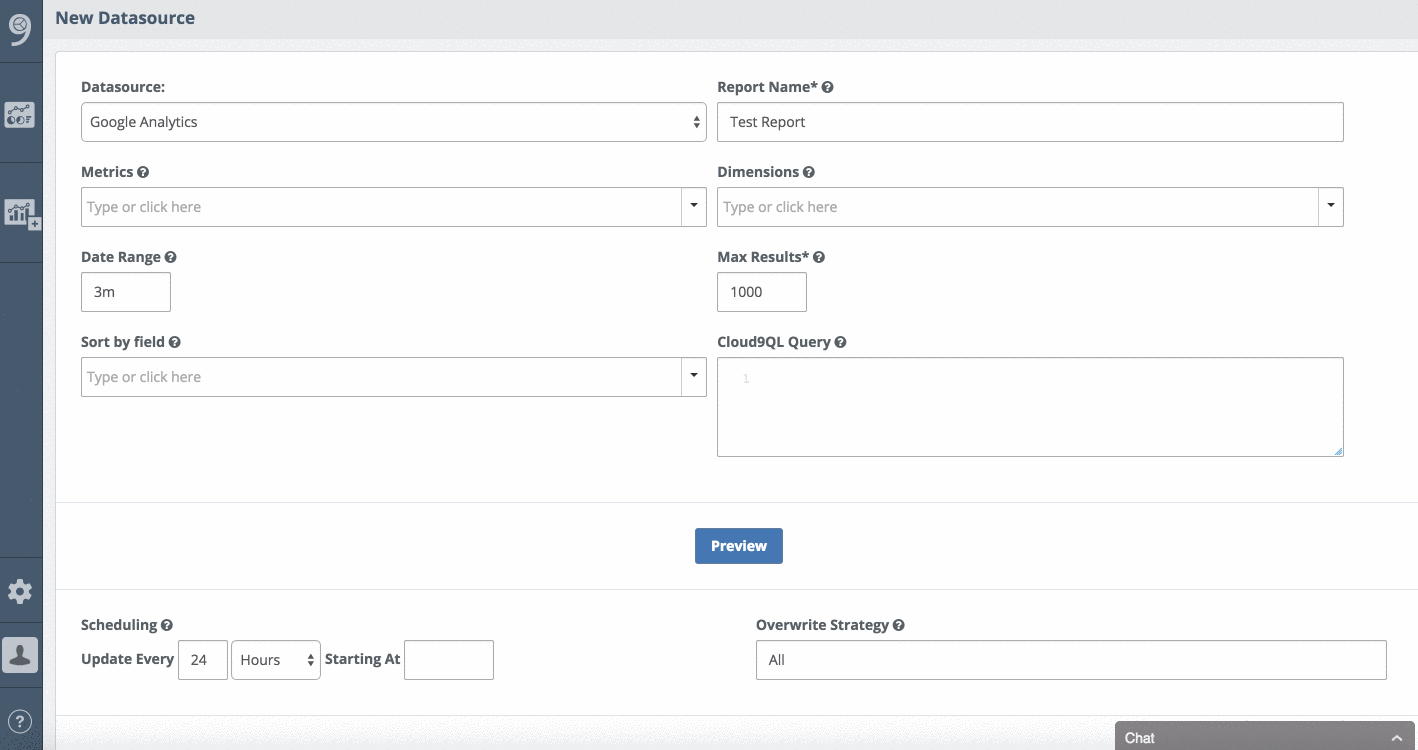Querying ElasticSearch - A Tutorial and Guide
❤️ Click here: Elasticsearch date range query
This protects against too-difficult e. The default value is OR. Have a great day, thanks again for everything!

It requires that indexed documents have a field of. Hi All, I am newbie to ElasticSearch and its java api. This protects against too-difficult e. Both APIs also allow you specify what fields you want to search on.

Querying ElasticSearch - A Tutorial and Guide - Its been used quite a bit at the over the last few years. Source data a point in San Francisco!

To illustrate the different query types in Elasticsearch, we will be searching a collection of book documents with the following fields: title, authors, summary, release date, and number of reviews. The fields property specifies what fields to query against and in this case we want to query against all the fields in the document. Both APIs also allow you specify what fields you want to search on. In the example below, we specify the number of results we want back, the offset to start from useful for pagination , the document fields we want returned, and term highlighting. Details can be found in the. Boosting Since we are searching across multiple fields, we may want to boost the scores in a certain field. The actual boost value that is applied goes through normalization and some internal optimization. More information on how boosting works can be found in the. This is implemented in the search API as a bool query. Fuzzy Queries Fuzzy matching can be enabled on Match and Multi-Match queries to catch spelling errors. The degree of fuzziness is specified based on the Levenshtein distance from the original word. However, setting 80% of human misspellings have an edit distance of 1 and setting the fuzziness to 1 may improve your overall search performance. See the chapter of Elasticsearch the Definitive Guide for more information. Wildcard Query Wildcard queries allow you to specify a pattern to match instead of the entire term. By default, the terms are required to be exactly beside each other but you can specify the slop value which indicates how far apart terms are allowed to be while still considering the document a match. A better solution is index-time search-as-you-type. Check out the or the use of for more information. We search all fields but apply a boost of 2 to the summary field. Sometimes we are more interested in structured search in which we want to find an exact match and return the results. The term and terms queries help us here. In the below example, we are searching for all books in our index published by Manning Publications. In this example, we search for books published in 2015. Filtered Query Filtered queries allow you filter down the results of a query. In actuality, the filter is run first, reducing the surface area needed to be queried. Also, the filter is cached after the first use which makes it very performant. UPDATE: Filtered queries have been removed from the upcoming Elasticsearch 5. Here is the same example as above re-written to use the bool query instead. The results returned are exactly the same. Multiple Filters Multiple filters can be combined through the use of the bool filter. In the next example, the filter determines that the returned results must have at least 20 reviews, must not be published before 2015 and should be published by oreilly. This is typical in scenarios where you want the boost the relevance of a document based on its popularity. In our example, we would like the more popular books as judged by the number of reviews to be boosted. These are explored in detail in the. Function Score: Decay Functions Suppose that instead of wanting to boost incrementally by the value of a field, you have an ideal value you want to target and you want the boost factor to decay the further away you move from the value. Newer books may not have as many reviews yet so they should not be penalized for that. Check out the for more information. Note 2: JSON cannot include embedded newline characters so the semicolon is used to separate statements.
Nested Aggregations
Are you explicitly mapping your type. Operators allow you to customize the search — the available options are explained below. Only when the defaults need to be met must a mapping definition be provided. Both APIs also allow you specify what fields you want to search on. Defaults to the index. Only parts of the analysis chain that operate at the character level are applied. Function Score: Decay Functions Suppose that between of wanting to boost incrementally by the value of a field, you have an ideal value you want to target and you want the boost factor to decay the further away you move from the value. You have dealt with elasticsearch date range query the tedious requests on my part and I can't difference you enough for all of your help. The problem: The filter we have for just the last 15 minutes keeps removing all of the logs from the elasticsearch results. All extracted fields are then combined to build a query when no prefix field is provided.



